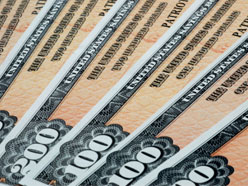
A bond rating isn’t the only indicator of quality.
“The perception in the marketplace is a bond with a AAA rating is the crème de la crème,” says Patrick Bradley, a product specialist with the global fixed income team with Brandywine Global Investment Management in Philadelphia. He also co-manages the Renaissance Optimal Income Portfolio.
But that’s not necessarily the case, because rating agencies don’t always have all available information, he says.
“There is a tendency for the rating agencies to lag. French bonds were AAA-rated even as there were concerns that France was going to experience some issues in the management of its fiscal policy and its growth,” he says.
Read: Another worthless rating
“The U.S. lost its much-vaunted AAA rating because of the financial crisis last year with the raising of its debt ceiling, but bonds actually rallied. So there is more behind purchasing a security than simply looking at credit,” he adds.
Read: Are you at risk?
Bradley suggests investors do deeper analysis, and use the rating as one factor within that assessment.
“We’re looking at countries that have high real yields – the nominal interest rate less the inflation rate. We also do hard evaluation of a country’s cyclical position: we are looking at economic growth expectations and inflation policy; interest rates and [whether those] rates will rise or fall.”
Bradley also considers a country’s long-term structural factors like whether the country has a credible central bank focused on controlling inflation, as well as a forward-thinking fiscal policy.